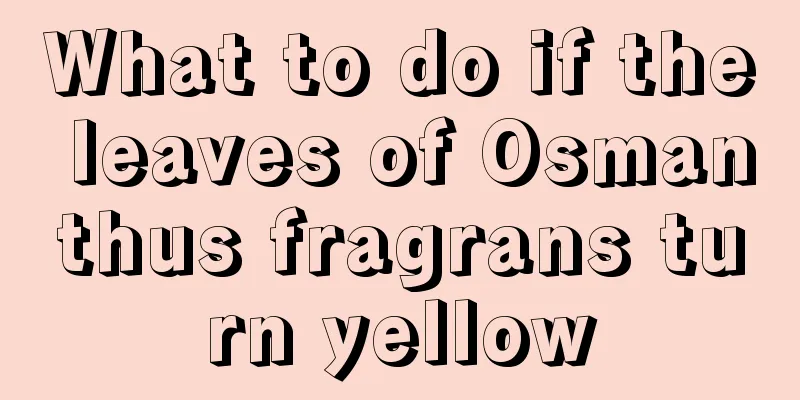When to use tomato balanced fertilizer (use of tomato balanced fertilizer and high potassium fertilizer)

|
When we were growing tomatoes, many growers were confused by the tomato fertilizer formula every day. I just used whatever the agricultural material dealer told me to use, and I didn't know anything about it. When problems arose in tomato planting, I then considered whether my fertilizer formula was correct. In fact, the fertilizer formula for growing tomatoes is relatively simple. If we understand the role of each element, then we will have a clearer understanding of how much to use, when to use a large amount, and when to use a small amount during the entire tomato growth period. In this case, when you choose fertilizer, you will know clearly whether the formula recommended by the dealer is suitable for your tomatoes after you see it, and you will not be fooled. First, let’s talk about phosphorus, because phosphorus is relatively a key element . Everyone knows that nitrogen is used for leaf growth, phosphorus is used for grains and flowers, and potassium is used to supplement dry matter. Therefore, people do not pay much attention to phosphorus. Often, when you choose a fertilizer formula, you will have a phosphorus problem. You all know that you should use high nitrogen in the early stage and high potassium in the later stage, but you actually do not consider the correct use of phosphorus. After tomatoes are planted, it is generally recommended that the amount of phosphorus, nitrogen and potassium used in the first fertilization be equally high, which is what we often call balanced fertilizer . Why do we use a higher level of phosphorus at this time? When tomatoes are first planted, we must ensure the normal development and growth of the tomato root system. This phosphorus plays a crucial role in promoting the growth of root hairs, especially those at the root base. At the same time, tomatoes are in the stage of flower bud differentiation. The first ear of flowers is about to come out, followed by the second and third ears of flowers. Therefore, the formation of phosphorus during the flowering period is crucial. That is why it is recommended that the phosphorus content be as high as nitrogen and potassium in the first fertilizer. When we apply the second fertilizer, the amount of phosphorus should be reduced . Why? Because the root system has developed very well. It has been nearly a month since the seedlings were planted. Therefore, the phosphorus element is now starting to decrease, and the root hairs no longer need to consume more phosphorus . What remains is flower bud differentiation and flowering, which require phosphorus. During this period, the amount of phosphorus used is half that of nitrogen and potassium, which can fully meet the demand for phosphorus. For example, when tomatoes have produced six bunches of fruits, we will top them off to prevent them from blooming again. After topping them off, the amount of phosphorus used can be reduced by half. Basically, it is 1/2 of the nitrogen and 1/4 of the potassium . Potassium and phosphorus are indispensable at this time because the plant is still developing and growing, so they need to provide root growth. In addition, phosphorus is also needed for the growth of fruits and seeds. So at this time, some phosphorus is also needed. However, if there is too much phosphorus at this time, the fruit will mature prematurely. After premature maturity, the fruit expansion will be affected because the seeds inside the tomato are already mature and do not need to expand anymore. Therefore, the phosphorus content must be reduced in the later stage. After the phosphorus content is reduced, not only is there less phosphorus, but more importantly, it is conducive to the enlargement of the fruit, so that the fruit does not mature before the enlargement period. |
<<: What fertilizer is best for growing ginger (what organic fertilizer is best for growing ginger)
Recommend
Can rainwater be used to water flowers? How to collect rainwater to water flowers
Can rain water water flowers? Rainwater can water...
How to care for camellia to grow well
Camellia growing conditions Camellia likes a semi...
Can bamboo be grown in Beijing?
Can bamboo be grown in Beijing? Bamboo can be pla...
What is the best time to plant radishes in Shandong?
The best time to plant radish in Shandong Radishe...
The secret method of using leaves to root Clivia
1. Select the leaves One thing to note when choos...
How long does it take for Rieger Begonia cuttings to take root?
Rooting time of Rieger Begonia cuttings Begonia i...
Is it easy to grow shrike ear water grass? Cultivation methods and precautions
Is it easy to grow shrew ear water plants? Saxifr...
Smooth sailing breeding method
1. Seeding method You can artificially pollinate ...
Common diseases and pests of Chinese lantern tree and their prevention and control methods
Gummosis Symptoms of gum disease Gummosis mainly ...
How to fertilize Magnolia
1. Fertilization time 1. Growth period: The most ...
How many days will it take for Podocarpus cuttings to take root? What is the fastest way to take root?
1. How many days will it take for cuttings of Pod...
How to open a durian
1. Pry along the crack Ripe durian usually has cr...
What to do if potatoes grow too long
What does it look like when potatoes grow leggy? ...
How to judge the death of yew
1. How to judge You can first break off a branch ...
What are the benefits of growing dianthus at home?
Purify the air There is a proverb that goes, &quo...









